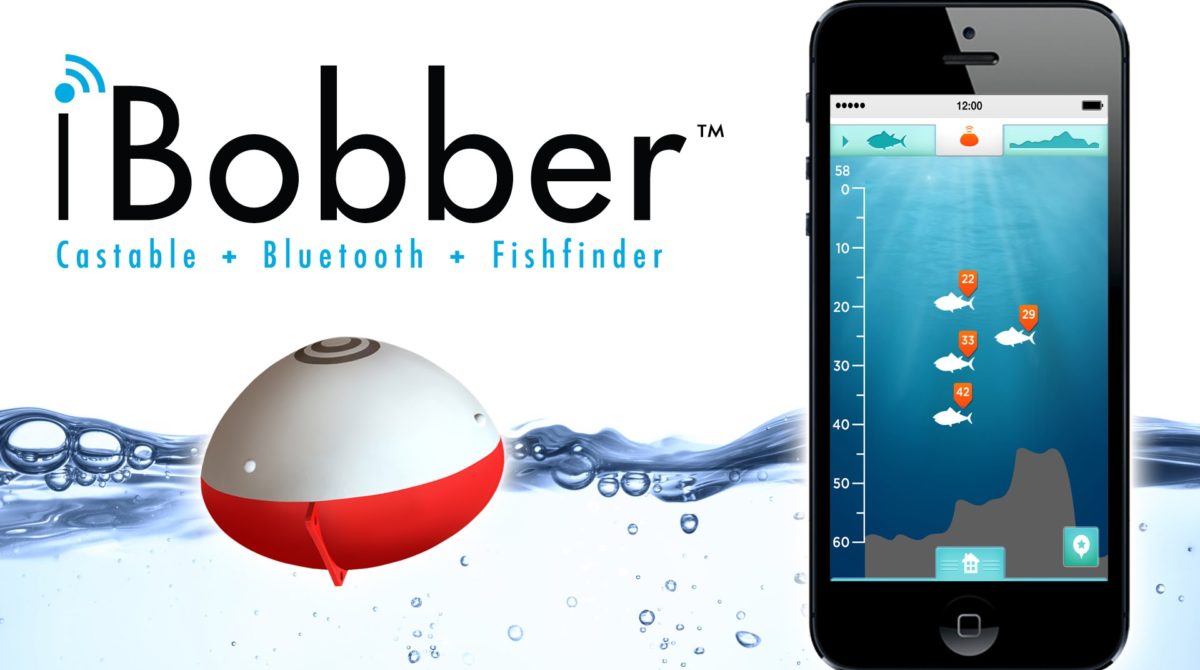
Modern sonar processing electronics along with ultra sensitive sensors detect marine life using sound wave emitters that bounce off objects to generate a digital map of what lies in the water. How does the fishfinder tell the fish from the rocks? If you fill several servings of the same size with assorted amounts of water and after that “ping” the glass using your thumb and forefinger, the glasses make different sounds or tones, depending on the volume of water in them. This is similar to the way a Lowrance fishfinder distinguishes different objects; the regularity in the signal created once the object is struck through the sonar wave will help know what type of object it really is. This is an evolving science. As we get more info, and improve existing technologies, you could see the accuracy of object detection improve with time.
First, you should know that the fish finder transducer can really be both single and dual frequency models. The most common operating frequencies are 50 kHz and 200 kHz. Models who use higher frequencies (e.g, 200 kHz) tend to be precise than lower frequency units, and can not have exactly the same depth penetration like a lower frequency model. Thus, in the event you anticipate going boating or fishing in deep water, you will probably need to make certain you purchase a transducer that is run on a low frequency (either by itself, or as being a dual mode with a frequency higher).
These devices use sonar, exactly like submarines, to appraise the distance between boat as well as the bottom with the body of water. They are also capable to appraise the height and width of some other objects which can be in the water. The sonar is only going to work in case you have a transducer in your boat, which can be usually installed in the bottom-most level for optimum performance. Once you’ve added the sonar along with the transducer, you’ll need to set the speed; this will tell you at what speed your boat needs to be moving in order to bring in one of the most fish.
Another facet of freshwater fishing to take into account when choosing a fishfinder is the thing that kind of craft you employ for fishing. Many people use kayaks, float tubes, canoes or small boats when fishing in freshwater. If you employ one of these brilliant smaller crafts you should consider a conveyable fishfinder. Both Eagle and Humminbird make portable models which are both affordable and an excellent selection for shallow freshwater.
What a ritual! It’s into a science – first he gets up like he’s been awake the whole night, just waiting for this moment, which is put on minutes. Next, he figures out the way to get our 14-foot boat for the car round the blend of the living room door corner and a 6-foot hallway to leave the leading door in a move. Then down the porch stairs and to the small Toyota Yaris she has temporarily (illegally) perched around the sidewalk in the base in our porch!
